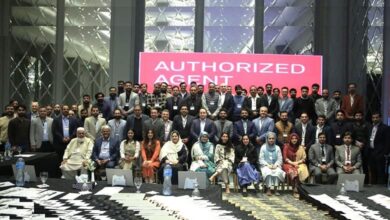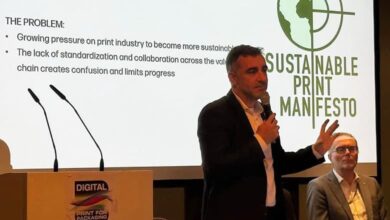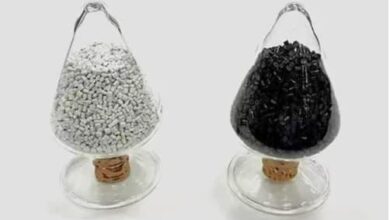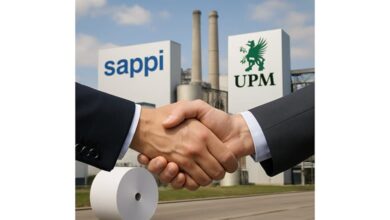Zebra Printers Enable Intelligent Badge Printing

Schools, exhibit planners, office complexes and other organizations are employing a new generation of intelligent card printers from Zebra Technologies that are designed to print and encode cards with high-frequency (HF) or low-frequency (LF) radio frequency identification. The new printers, known as the ZC300 and the ZC350, can operate with the company’s next-generation software (a companion product), known as CardStudio 2.0.
The new offering, released last month in parts of the world, is intended to make badge printing easier, while requiring a relatively small footprint. During the coming three to six months, Zebra expects to release an ultrahigh-frequency (UHF)-enabled version of the card printers as an additional option. The new devices are already being used to print employee badges, student IDs, access-control cards, loyalty or membership cards, and event or seasonal passes.
The ZC300 series (ZC300 and ZC350 models) comes with an option for built-in RFID encoders so users can create HF 13.56 MHz cards, says Annika Matas, Zebra’s senior product manager, while another new printer, the ZC100, is a lower-cost, entry-level version that is not RFID-enabled. Additionally, the printers can print LF cards, commonly known as proximity cards, which are pre-encoded.
The demand for RFID-enabled cards is growing, says RamRamaprasad, Zebra’s director of product management, as companies seek better, more efficient ways to provide access control, security, mustering and other functions that do not require visual inspection of cards. “What we’re seeing is a growing trend in adoption of RFID,” he states. Additionally, the printers are being used in hospitality, access control, mustering, event management and financial services.
The ZC300 and ZC350 versions are each designed to meet those requirements. The ZC300, expected to be released in the coming months, will be sold in all global regions and will not come with RFIDencoding. The ZC350, meanwhile, is already being sold in North America, Europe, the Middle East and Africa. It comes with a built-in RFID encoder and operates with the CardStudio 2.0 software. The ZC300 series comes with an encoding option in Latin America and the Asia-Pacific region.






I like the report
Thanks for the wonderful manual